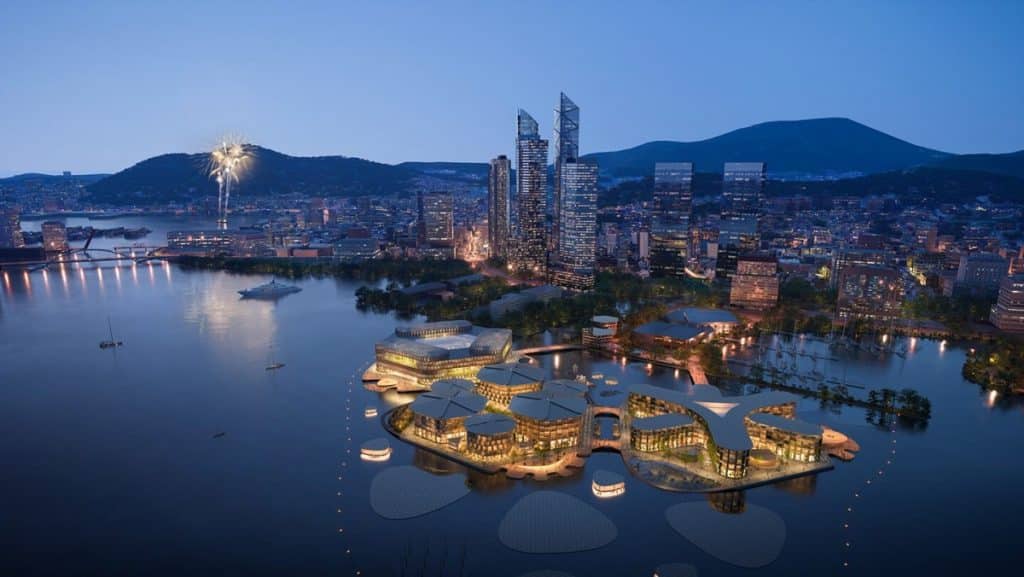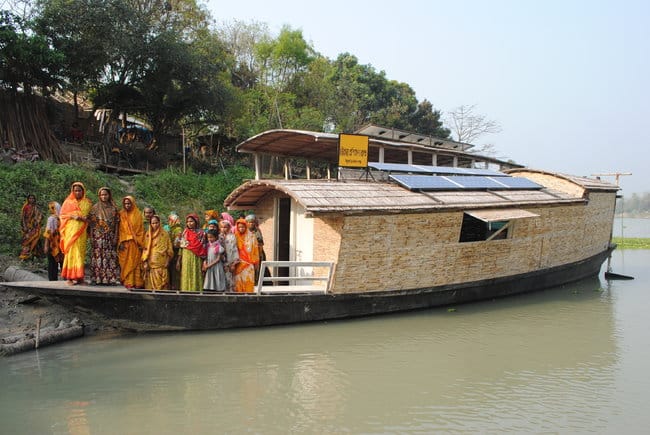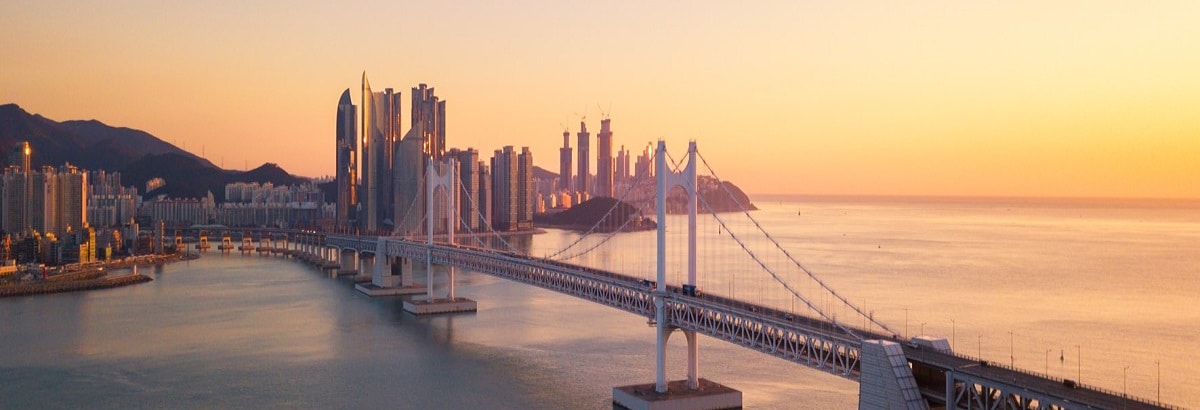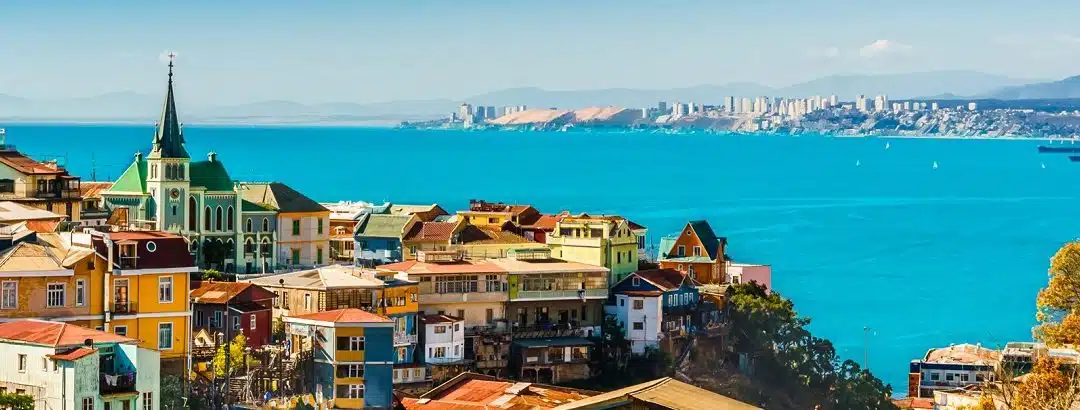Gonzalo Sanz Segovia | 30/09/2025
One of the most visible and worrying effects of climate change is rising sea levels. In this context, floating cities are emerging as a potential response. These projects transpose urban life to the water, offering protection against flooding and expanding urban space in high-density areas.
Rising water levels are a scientific reality that require rethinking urban planning and seeking out more resilient city models. According to the Sixth Assessment Report of the Intergovernmental Panel on Climate Change (IPCC), rising sea levels will continue for centuries, and even if global warming is contained, they could end up several meters in extreme scenarios. As the World Economic Forum explains, if emissions are not reduced, more than 800 million people living in 570 cities around the world could be at risk by 2050.
This poses a real threat to the millions of people living in coastal cities and small island states and is leading to a rethink of future land adaptation. In this context, proposals for floating urbanism are emerging, stemming from the combination of three factors: the need to protect densely urbanized coastal populations, the technical or economic inadequacy of traditional solutions (such as dikes or relocations), and the evolution of modular construction and naval engineering technologies that allow for the development of stable and scalable platforms on water.
From theory to practice
Increasing coastal vulnerability, demographic pressure, and technological innovation explain the maturation of some pilot projects. And this isn’t just a response to climate change, but a transformative urban strategy. Some of the most notable examples of such adaptations are listed below.
Oceanix Busan, South Korea: This prototype, presented in 2022 in collaboration with UN Habitat, aims to demonstrate how modular platforms can be integrated into an existing city. It features local food production, renewable energy, and a hybrid governance system comprising public institutions and private partners. Located off the coast of the South Korean city of Busan, it’s made up of interconnected neighborhoods spanning 6.3 hectares.

Floating Pavilion, Netherlands: The consulting firm Blue 21 specializes in floating engineering and carries out research on multi-story buildings capable of withstanding extreme waves and hurricanes, incorporating solid technical foundations to design entire cities on water. With this experience, and in collaboration with the architectural firm DeltaSync, it has conducted a test in Rotterdam, creating a floating pavilion made up of several sustainable capsules. It serves as the prototype for the construction of Artisanopolis, the floating city planned for French Polynesia.

Community initiatives, Bangladesh: For the last 20 years, Shidhulai Swanirvar Sangstha has been providing floating schools, libraries, and clinics for communities affected by seasonal flooding. These platform boats demonstrate that urban resilience can also work in low-income settings.

High potential mixed with obvious challenges
Floating projects offer benefits that deserve attention. Climate change not only means rising sea levels but is also causing intense storms and other extreme weather events. These prototypes, being designed to float, are more physically resilient. They also offer the possibility of being built in a more sustainable manner, integrating renewable energy, water recycling, or urban agriculture.
They also provide flexibility, as they can be expanded in modules, adapting to population and space-related needs. And, of course, they act as an alternative to relocation, allowing residents of threatened coastal cities to remain in the area without relying on dikes or resorting to mass relocation.
In 2019, at the first Roundtable on Cities Sustainable Floating Buildings, Amina Mohammed, Deputy Secretary-General of the United Nations and Chair of the United Nations Sustainable Development Group, stated that these types of constructions could offer solutions to the threats of climate change facing urban areas.
However, floating cities are not without their challenges and limitations. First off, they are expensive to build. World Bank studies highlight the enormous funding gap, as projects require multi-million-dollar investments that are still difficult to cover.
Governance is another issue – there are no clear answers to legal questions about ownership, services, or jurisdiction. They also fail to meet legal and social equity standards, as most pilot projects are aimed at the high-end of the market. To be truly resilient, they must also benefit vulnerable communities, not just urban elites.
Are floating cities a realistic solution?
It’s tempting to answer in the affirmative, but we would have to lay down some caveats. The truth is that floating cities are a viable measure in certain contexts like low-lying atolls or dense megacities with no room for expansion. However, they don’t offset emissions or assist in coastal ecosystem restoration or territorial planning. Nor do they offer conventional protection, where they should aim to be most effective from a cost perspective
Based on both the viability of the prototypes and the studies carried out by different institutions, we can conclude that floating cities are a complementary and innovative option within the suite of adaptation solutions, but their success will depend on the establishment of robust legal frameworks, accessible financing, and inclusive design.
Floating urbanism experiments demonstrate that the idea can work, both in high-tech initiatives and in lower-cost community solutions. The technical feasibility is already proven; now the real question is whether or not humanity is willing to invest in, regulate, and democratize these infrastructures. Floating cities aren’t some kind of futuristic utopia: they represent a real investment in urban resilience against rising sea levels. In short, they can be an important part of the repertoire of climate change adaptation, but they must be integrated into broader policies that also consider social justice.





